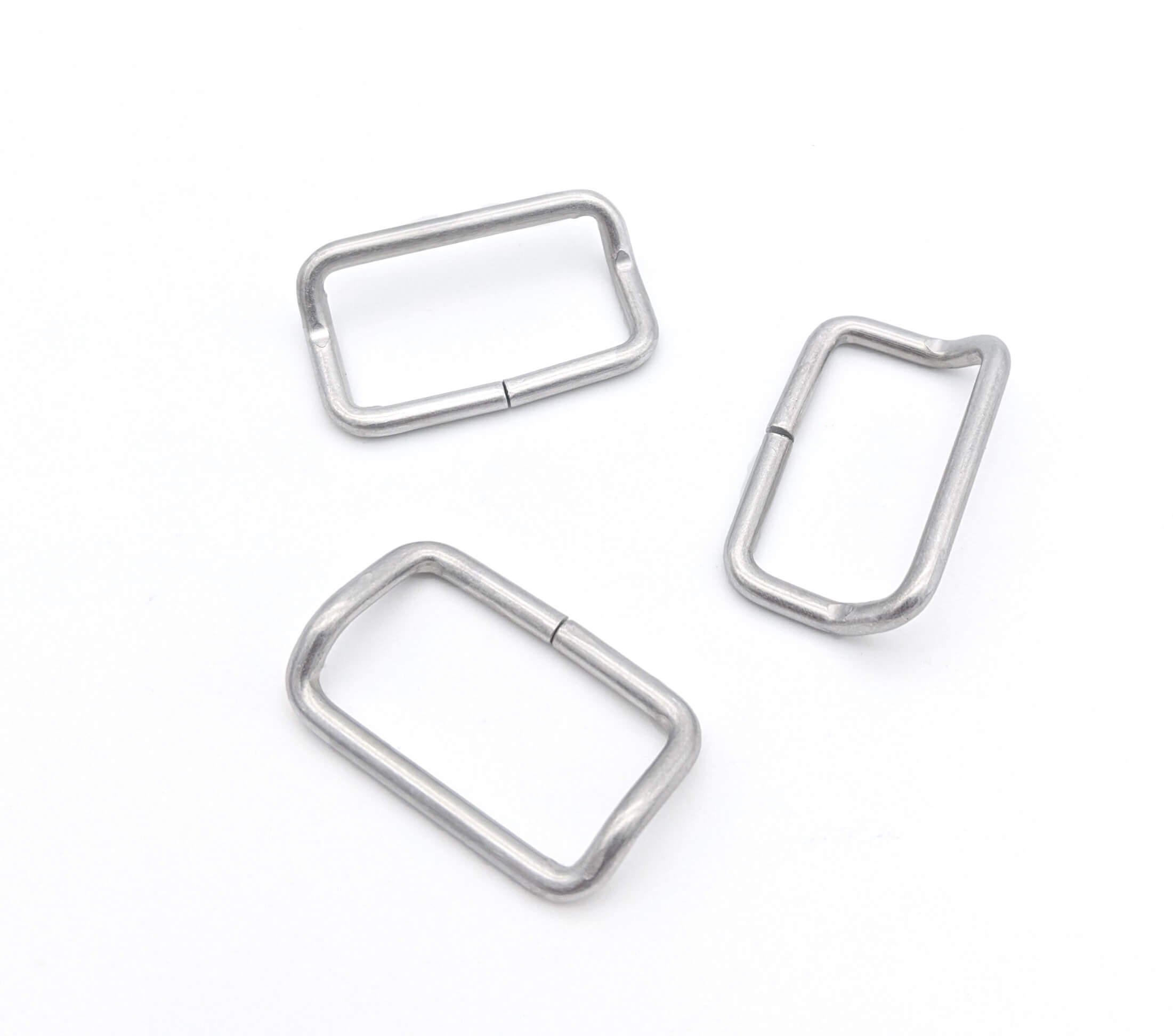Get unique, complex parts easily. No matter your requirements, Chaoyi Spring creates hard-to-produce coil springs and wire forms.
Let us help you create the custom wire form you need, from S-hooks and J-hooks to utility hooks and more.
We work closely with customers across a wide range of industries, helping them design and manufacture made-to-order parts.
Why choose Chaoyi Spring? We prioritize customer-focused collaboration, modern equipment and the latest technology to make your parts per print.
Find the information and guidance you need, from measuring a spring to learning about materials, placing an order and much more.
Imagine a spring, not stretching or compressing, but twisting. This is the core of a torsional spring, a vital component in numerous mechanical systems. From tiny clocks to powerful engines,


Imagine a spring, not stretching or compressing, but twisting. This is the core of a torsional spring, a vital component in numerous mechanical systems. From tiny clocks to powerful engines, these springs store and release rotational energy, playing a crucial role in maintaining precision, absorbing shocks, and ensuring smooth operation. In this article, we'll delve into the world of torsional springs, exploring their mechanics, applications, and the factors that make them essential for countless devices.

At its heart, a torsional spring is a simple yet ingenious device. It's essentially a flexible element designed to resist twisting forces. When you apply a torque to one end of the spring, it stores that energy by twisting. The amount of twist is directly proportional to the applied torque, and when you release the force, the spring unwinds, releasing the stored energy. This ability to store and release rotational energy is what makes torsional springs so valuable.
Think about winding a watch. You're applying a torque to the spring inside, storing energy. As time passes, the spring gradually releases this energy, driving the watch's gears. This is a classic example of how a torsional spring works.
Torsional springs come in various shapes and sizes, each suited for specific applications. Some common types include:
The choice of spring type depends on factors like the desired force, space constraints, and the specific application.
Understanding the key characteristics of torsional springs is crucial for choosing the right one for a particular application. These characteristics include:
These characteristics are interconnected. A higher spring rate generally implies a lower deflection. Understanding these relationships is essential for optimizing the spring's performance in any given application.
Torsional springs are incredibly versatile and have found their way into a wide range of applications, from everyday objects to sophisticated machinery. Here are some examples:
The diverse applications of torsional springs highlight their importance in modern technology.
Why are torsional springs so popular? Here are some of their key advantages:
These advantages make torsional springs a valuable asset for engineers and designers looking to optimize their mechanical systems.
Choosing the right torsional spring is crucial for optimal performance. Here are some key factors to consider:
Consulting with a spring manufacturer is highly recommended to ensure you select the optimal spring for your specific needs.
Torsional springs are often overlooked, yet they are the silent heroes of many mechanical systems. Their ability to store and release rotational energy with precision and reliability makes them indispensable for a wide range of applications. From everyday objects like door hinges to complex machinery, torsional springs play a crucial role in maintaining smooth operation, absorbing shocks, and ensuring optimal performance.
By understanding their mechanics, types, characteristics, and applications, we gain a deeper appreciation for the often-unseen power of twist. As technology continues to evolve, torsional springs will undoubtedly remain a vital component, shaping the world around us in countless ways.
In the grand tapestry of engineering, torsional springs might not be the most flashy components, but they are undoubtedly essential. They are the silent workhorses that keep our machines running smoothly, ensuring precision and reliability. As technology advances, their role will only become more significant, making them a testament to the power of simple yet ingenious solutions.
Browse some of the custom wire forms and springs that we manufacture. Don’t see what you need? We specialize in made-to-order products that meet your application requirements.
Visit Our GalleryNeed a custom wire form or coil spring? We make it work. Fill out the contact form and a representative will respond within 1 business day. If you have a PDF or CAD file, you can submit to request a quote.